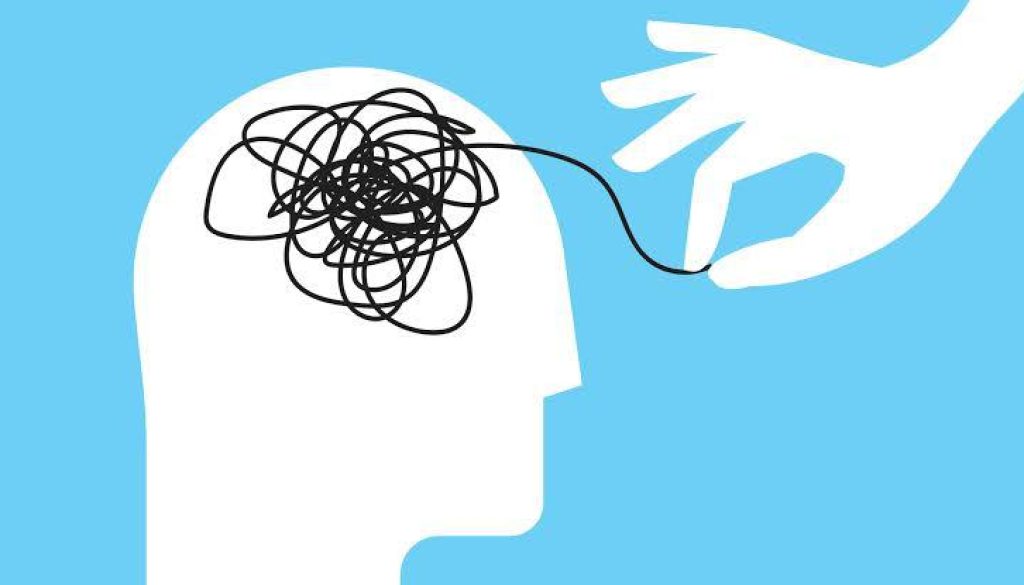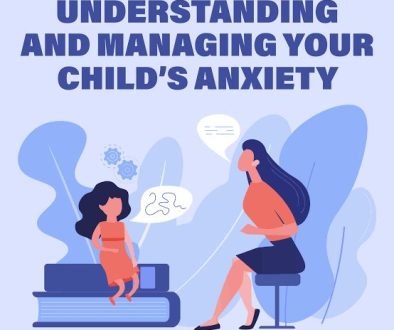Cyclothymic disorder
Cyclothymic disorder, also known as cyclothymia, is a mood disorder characterized by chronic, fluctuating mood swings that range between periods of mild depressive symptoms and episodes of hypomanic symptoms. Unlike bipolar disorder, the mood shifts in cyclothymic disorder are less severe, but they can still interfere with daily functioning, relationships, and overall quality of life. Cyclothymic disorder often begins in adolescence or early adulthood and may be underdiagnosed, as symptoms are sometimes mistaken for personality traits or normal mood changes.
Understanding Cyclothymic Disorder
Cyclothymic disorder involves mood swings that persist for at least two years in adults (or one year in children and adolescents), during which an individual experiences numerous periods of hypomanic symptoms and depressive symptoms. However, these symptoms do not meet the full criteria for a hypomanic or depressive episode as seen in bipolar disorder. Cyclothymia is considered part of the bipolar spectrum but is generally viewed as a milder form of the disorder. Still, the symptoms can disrupt daily life, creating challenges in work, school, and personal relationships.
Symptoms of Cyclothymic Disorder
Cyclothymic disorder is marked by symptoms that can be grouped into hypomanic and depressive categories. The mood shifts tend to be more persistent and unpredictable than typical mood changes.
– Hypomanic symptoms may include increased energy, a reduced need for sleep, elevated or irritable mood, racing thoughts, impulsivity, and a tendency to engage in high-risk or uncharacteristic behaviors. Individuals may feel unusually confident, talkative, or sociable.
– Depressive symptoms in cyclothymia are milder than in major depressive disorder but can include feelings of sadness, hopelessness, low energy, difficulty concentrating, reduced interest in activities, and occasional feelings of worthlessness.
While these mood swings are typically less intense than those seen in bipolar I or II disorder, they can still cause emotional distress. Individuals with cyclothymic disorder may experience mood shifts that last for days or weeks, often with short periods of stability in between. These fluctuations can be exhausting and may cause feelings of instability or lack of control.
Diagnosis of Cyclothymic Disorder
Diagnosing cyclothymic disorder can be challenging, as symptoms may resemble other mental health conditions or even personality traits. To receive a diagnosis, an individual must experience numerous periods of hypomanic and depressive symptoms over at least two years (one year for children and adolescents) without meeting the full criteria for a hypomanic, manic, or depressive episode. Additionally, these mood shifts must cause noticeable distress or impairment in personal, social, or occupational functioning.
A mental health professional will conduct a comprehensive assessment, including a clinical interview and possibly a mood chart, to track mood patterns over time. It is essential to rule out other conditions, such as bipolar disorder, major depressive disorder, borderline personality disorder, and substance use disorders, that may have overlapping symptoms.
Causes and Risk Factors
The exact causes of cyclothymic disorder are not fully understood, though a combination of genetic, neurobiological, and environmental factors is believed to contribute to its development.
– Genetics: Cyclothymic disorder tends to run in families, suggesting a genetic component. Individuals with a family history of bipolar disorder or other mood disorders may have a higher risk of developing cyclothymic disorder.
– Brain chemistry and structure: Imbalances in neurotransmitters, which are brain chemicals that regulate mood, are thought to play a role in mood disorders, including cyclothymia. Structural differences in brain areas involved in mood regulation may also contribute.
– Environmental factors: Stressful life events, trauma, or significant changes in an individual’s life can sometimes trigger the onset of cyclothymic disorder or exacerbate its symptoms. Substance use may also increase the risk of cyclothymia, as alcohol and drug use can disrupt mood regulation.
Treatment and Management of Cyclothymic Disorder
While cyclothymic disorder is a chronic condition, effective treatments can help individuals manage symptoms and stabilize mood swings. The primary approaches to treatment include therapy, medication, and lifestyle changes.
– Psychotherapy: Cognitive-behavioral therapy (CBT) is particularly effective for cyclothymic disorder, as it helps individuals identify and change negative thought patterns and behaviors associated with mood shifts. Interpersonal therapy and psychoeducation can also be beneficial, especially when it comes to building coping strategies and enhancing self-awareness.
– Medication: While medication is not always necessary, some individuals may benefit from mood stabilizers or antidepressants to manage symptoms. In particular, mood stabilizers may help reduce the frequency and intensity of mood swings, while antidepressants may address persistent depressive symptoms.
– Lifestyle changes: Establishing a consistent daily routine, prioritizing sleep, practicing regular physical activity, and reducing stress can make a significant difference in managing cyclothymia. Avoiding alcohol, caffeine, and other stimulants may also help maintain mood stability.
– Support groups: Connecting with others who experience similar challenges can provide a sense of community, reduce feelings of isolation, and offer valuable insights and coping strategies.
Living with Cyclothymic Disorder
Cyclothymic disorder can impact various aspects of daily life, especially when mood swings are unpredictable or interfere with routines and relationships. The shifting moods may cause difficulties in work performance, interpersonal relationships, and overall mental well-being. Despite these challenges, many individuals with cyclothymic disorder learn to manage their symptoms effectively, especially when they have access to treatment, support, and a stable environment.
Support from family, friends, and mental health professionals can make a significant difference. Educating loved ones about cyclothymic disorder can help reduce misunderstandings and create a supportive network. Regular check-ins with mental health providers can also ensure that symptoms are well-managed and that any necessary adjustments are made to the treatment plan.
Conclusion
Cyclothymic disorder is a complex and often misunderstood mood disorder that causes chronic, fluctuating mood swings between mild depressive and hypomanic symptoms. While these mood shifts are typically less severe than those seen in bipolar disorder, they can still disrupt daily functioning and quality of life. Early diagnosis, therapeutic interventions, medication if needed, and lifestyle adjustments can help individuals with cyclothymic disorder manage symptoms and maintain stability. With proper treatment and support, individuals with cyclothymic disorder can lead fulfilling and balanced lives.



